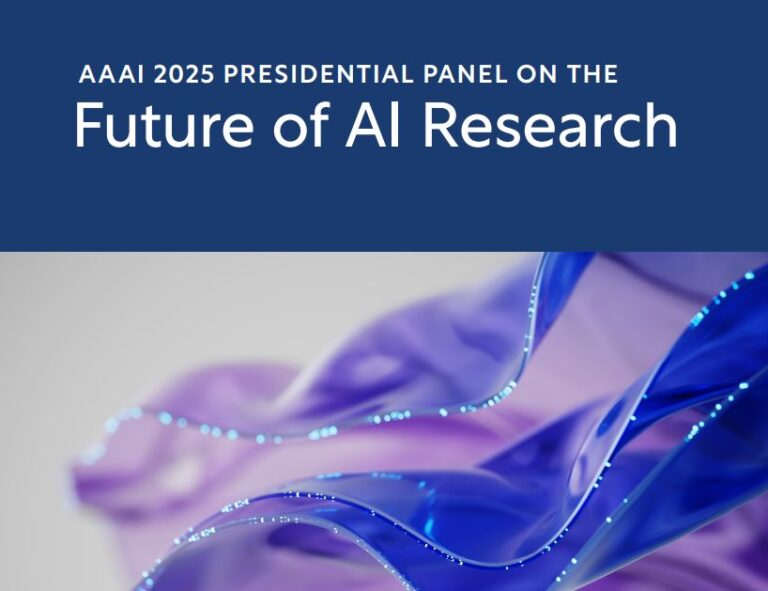AI Tools for Optimizing Agricultural Yield Predictions: A Game-Changer for Modern Farming
Agriculture has always been a sector deeply tied to uncertainty—weather patterns, soil health, pests, and market demands can all impact a harvest’s success. However, with the rise of artificial intelligence (AI), farmers and agronomists now have powerful tools to predict crop yields more accurately, enabling smarter decision-making and sustainable practices. AI-driven yield prediction isn’t just a futuristic concept; it’s a transformative force reshaping how we grow food in the 21st century.
The Importance of Accurate Yield Predictions
Accurate yield predictions are critical for farmers, governments, and agribusinesses. They help in planning harvests, managing resources like water and fertilizers, mitigating risks from climate change, and optimizing supply chains. Traditional methods often rely on historical data and manual assessments, which can be time-consuming, error-prone, and insufficient for complex variables. AI, by contrast, leverages vast amounts of data and advanced algorithms to provide real-time, precise insights.
Key Technologies Powering AI in Agriculture
-
Machine Learning and Big Data Analytics
AI models, such as neural networks and random forests, analyze historical yield data, weather patterns, soil composition, and crop health metrics. By identifying hidden patterns and correlations, these tools can forecast yields with remarkable accuracy. For example, machine learning algorithms can predict how drought or flooding might affect a specific region’s crops by cross-referencing past events with current conditions. -
Remote Sensing and Satellite Imagery
Satellites and drones equipped with multispectral or hyperspectral sensors capture high-resolution images of fields. AI processes these images to assess plant health, detect diseases, and monitor growth stages. This data helps farmers identify problem areas early, enabling targeted interventions. -
Computer Vision
AI-powered computer vision systems analyze images of crops to estimate biomass, leaf area, and fruit count. This is particularly useful in orchards or vineyards, where manual counting is impractical. Tools like AI-based image recognition can also spot nutrient deficiencies or pest infestations that might not be visible to the naked eye. -
Internet of Things (IoT) Integration
IoT sensors placed in fields collect real-time data on temperature, humidity, soil moisture, and more. AI integrates this data with other sources, creating a comprehensive picture of crop conditions. Smart irrigation systems, for instance, use AI to adjust water delivery based on predicted needs. - Predictive Analytics for Climate Adaptation
Climate change has made weather patterns more erratic. AI models simulate various scenarios, such as shifts in rainfall or temperature, to predict how these changes might affect crops. This empowers farmers to adapt planting schedules or crop varieties proactively.
Real-World AI Tools for Yield Optimization
Several AI platforms are already making waves in the agricultural sector:
- IBM Watson Decision Platform for Agriculture: Uses AI to analyze satellite data, weather forecasts, and soil health to predict yields and provide actionable insights.
- John Deere’s AI-Powered Solutions: Integrates drone and sensor data with machine learning to monitor crop growth and optimize farming practices.
- The Yield Group (Australia): Combines AI with IoT sensors to track vineyard conditions and predict grape yields, improving wine production planning.
- Agrivi and FarmBeats: Cloud-based platforms that aggregate data from multiple sources to generate yield forecasts and manage farm operations efficiently.
Benefits of AI-Driven Yield Prediction
- Increased Efficiency: Automating data analysis saves time and reduces reliance on guesswork.
- Sustainability: By optimizing resource use (e.g., water, fertilizers), AI minimizes waste and environmental impact.
- Risk Mitigation: Farmers can anticipate issues like pests or extreme weather and take preventive measures.
- Data-Driven Decisions: Real-time insights enable precise adjustments, such as planting specific crop varieties or adjusting harvest timelines.
- Market Preparedness: Accurate predictions help agribusinesses and governments plan for food security and market stability.
Challenges and Limitations
Despite its potential, AI in agriculture faces hurdles:
- Data Quality and Accessibility: Reliable predictions depend on high-quality data, which can be scarce in regions with limited technological infrastructure.
- Cost and Implementation: Small-scale farmers may struggle with the upfront costs of AI tools or lack technical expertise to use them.
- Integration Complexity: Combining AI with existing farming practices requires training and adaptation.
- Ethical and Privacy Concerns: Data collection from farms raises questions about ownership and security.
The Future of AI in Agricultural Yield Prediction
As AI technology becomes more affordable and accessible, its adoption is expected to grow. Innovations like edge computing (processing data locally on farms) and AI-driven robotics could further revolutionize yield prediction. Additionally, partnerships between tech companies and governments may address the digital divide, ensuring even small farmers benefit.
By integrating AI into agriculture, we’re not just predicting yields—we’re paving the way for smarter, more resilient farming systems. As the global population rises and climate challenges intensify, these tools will be essential in ensuring food security while protecting our planet’s resources. The future of farming is data-driven, and AI is leading the charge.







